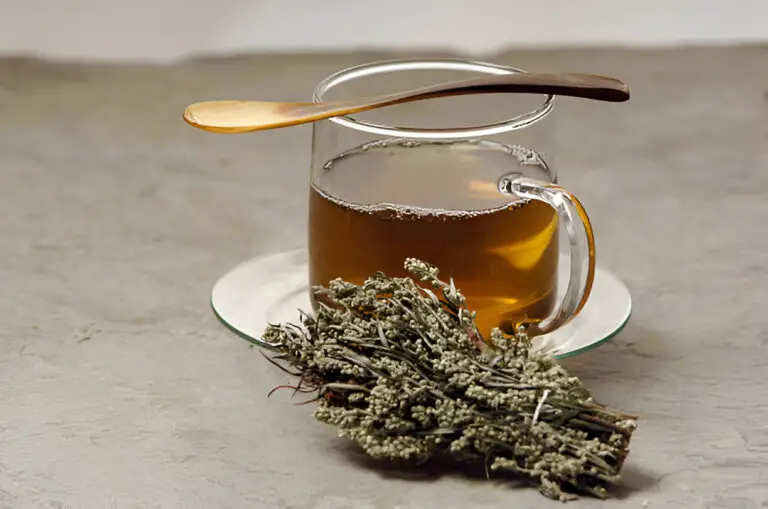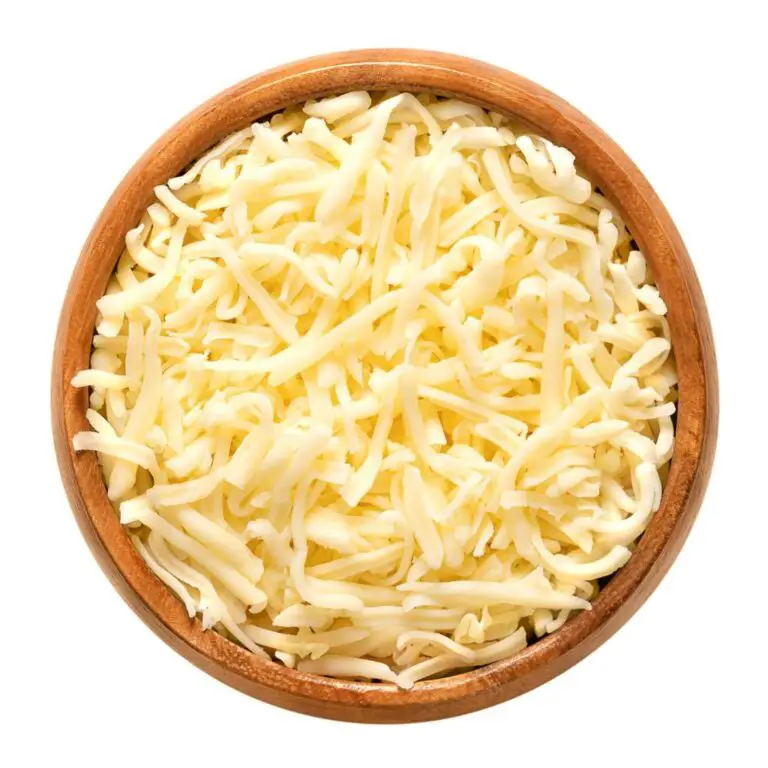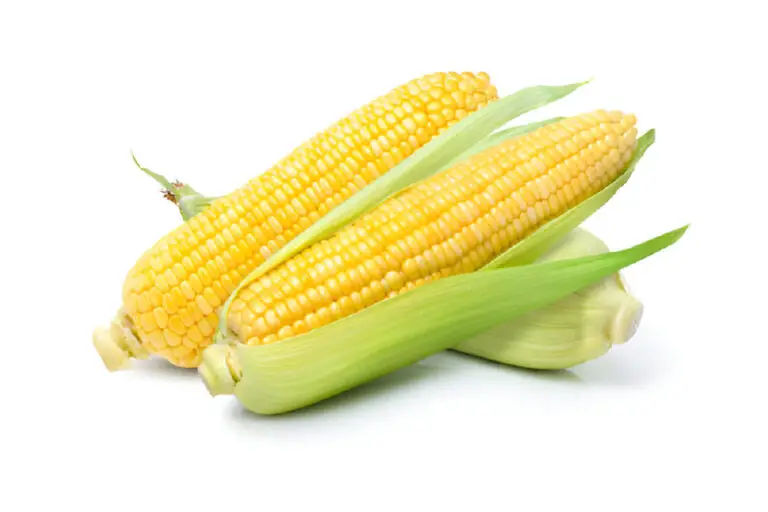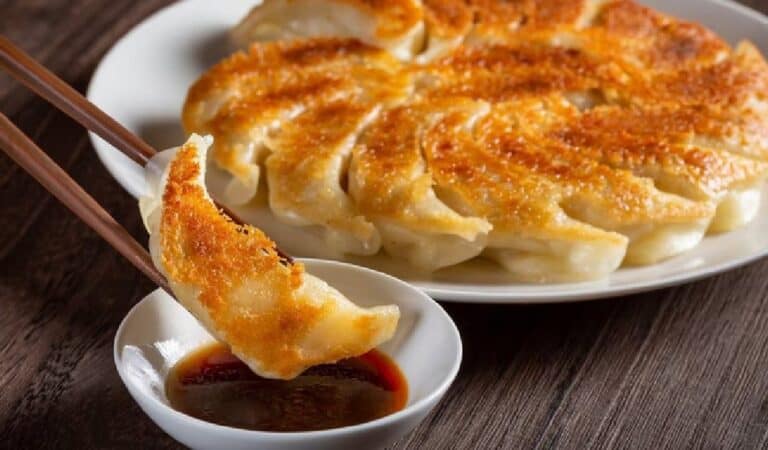How Often Should You Sharpen Your Global Knives? A Guide to Keeping Them Razor-Sharp
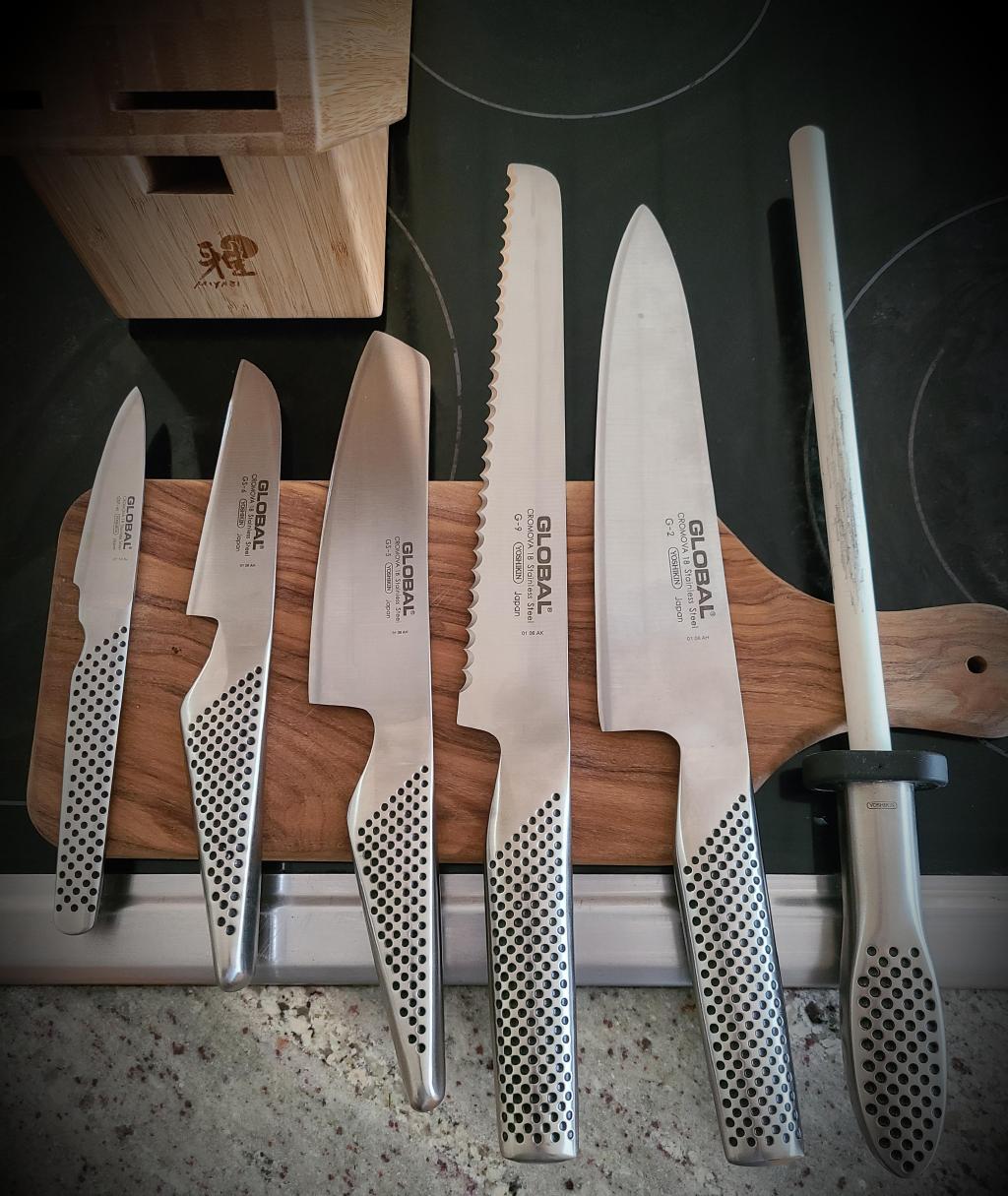
There’s something truly satisfying about slicing through a ripe tomato with the ease of a samurai’s sword gliding through the air. That’s the kind of precision you get with a well-maintained Global knife—a tool so sharp it practically becomes an extension of your hand. But as with anything that’s worth its salt, keeping your Global knives in top shape requires a bit of effort and attention.
Let’s be honest: even the best knives dull over time. So, how often should you sharpen your Global knives to keep them razor-sharp and ready for action?
When it comes to sharpening, there’s no one-size-fits-all answer. It depends on how often you use your knives and what you’re cutting. Are you slicing delicate herbs or hacking through bones? Do you treat your knives with the respect they deserve, or do they sometimes end up at the bottom of the sink with other utensils piled on top?
Let’s dive into the nitty-gritty of knife maintenance and figure out the best schedule for sharpening your Global knives, so you can keep that edge, both in the kitchen and on your food.
Why Knife Sharpness Matters
Before we talk about sharpening frequency, let’s address why sharpness is crucial. A sharp knife doesn’t just make your prep work faster and more enjoyable—it’s also safer. Dull knives are a recipe for disaster, leading to slips, uneven cuts, and a higher chance of injury. Think of it like driving a car with worn-out brakes; you wouldn’t feel safe, would you?
Similarly, a dull knife forces you to exert more pressure, increasing the risk of an accident. Keeping your Global knives sharp means better control, smoother cuts, and less frustration in the kitchen.
Frequency of Sharpening: The Basics
So, how often should you sharpen your Global knives? For most home cooks, sharpening every 3-6 months is a good rule of thumb. If you’re using your knives daily, you might need to sharpen them more frequently, perhaps every 2-3 months. However, if your knives only come out for special occasions, you might get away with sharpening them once or twice a year.
Here’s a simple table to guide you:
| Knife Use Frequency | Sharpening Frequency |
| Daily Use | Every 2-3 months |
| Weekly Use | Every 3-6 months |
| Occasional Use | Once or twice a year |
Of course, this schedule isn’t set in stone. The key is to pay attention to how your knives feel when you use them. If you notice you’re having to saw through tomatoes or struggling with basic cuts, it’s time to sharpen, regardless of the calendar.
Signs Your Global Knives Need Sharpening
Knowing when to sharpen your Global knives is essential for maintaining their precision. Here are three key signs to look for:
- Visual Indicators
One of the most obvious signs is difficulty slicing through ingredients. If your knife struggles to glide smoothly through vegetables or meats, it’s likely dull. You may also notice uneven cuts or jagged edges on sliced food. - Performance-Related Signs
If you experience snagging or tearing while cutting, your knife’s sharpness has decreased. A sharp Global knife should make clean cuts with minimal effort, but when dull, it requires more force and can damage delicate ingredients like herbs or tomatoes.
| Sign | Description |
| Visual Difficulty | Uneven, rough slices; hard to cut through food |
| Snagging or Tearing | Food is torn or squished instead of sliced cleanly |
By paying attention to these signs, you can ensure your Global knives stay sharp and effective.
Honing vs. Sharpening: What’s the Difference?

Now, let’s clear up a common misconception: honing and sharpening are not the same things. Honing should be part of your regular knife care routine and can be done weekly or even after each use. Honing doesn’t remove metal from the blade but instead realigns the knife’s edge, which can get bent out of shape with regular use.
Sharpening, on the other hand, involves grinding the blade to form a new edge, removing small amounts of metal in the process. This is where sharpening stones or professional services come into play. If honing is like brushing your teeth, sharpening is more like going to the dentist—both are necessary, but for different reasons.
Choosing the Right Sharpening Method
Global knives have a unique design, often sporting a thinner blade and a more acute angle than many Western knives. This makes them incredibly sharp, but also a bit more delicate. For sharpening, you have a few options:
- Sharpening Stone (Whetstone): The gold standard for knife sharpening, but it requires some skill. For Global knives, use a fine-grit stone (1000 to 6000 grit) to get a polished, razor-sharp edge.
- Pull-Through Sharpeners: Convenient and user-friendly, but not always the best for the fine edge of a Global knife. If you go this route, choose a sharpener specifically designed for Asian-style knives.
- Professional Sharpening Services: A great option if you’re not confident in your sharpening skills. Just make sure you choose a service that understands Global knives and their specific needs.
Pros and Cons of Sharpening Methods
| Method | Pros | Cons |
| Whetstone | Best edge quality, customizable | Steeper learning curve |
| Pull-Through Sharpener | Easy to use, quick | May wear blade unevenly |
| Professional Service | Expert results, hassle-free | Costly, not always convenient |
How to Maintain That Edge
Sharpening isn’t the only part of knife maintenance. To keep your Global knives in peak condition, proper care is essential. Here are some quick tips:
- Use a Honing Rod: As mentioned, hone your knives regularly to maintain the edge between sharpenings.
- Hand Wash Only: Never toss your Global knives in the dishwasher. The harsh detergents and hot water can damage the blade and handle.
- Proper Storage: Store your knives in a knife block, on a magnetic strip, or with blade guards. Never throw them in a drawer unprotected.
The Final Cut
Sharpening your Global knives doesn’t have to be a daunting task. By following a regular maintenance schedule, choosing the right sharpening method, and taking care of your knives day-to-day, you can ensure that every cut feels as smooth as the first. Whether you’re a seasoned home chef or just getting started, a sharp knife can elevate your cooking experience and keep you safe in the process.
So, grab that honing rod, schedule your next sharpening session, and enjoy the satisfaction of a truly sharp knife. Because in the kitchen, as in life, the right tools make all the difference.

